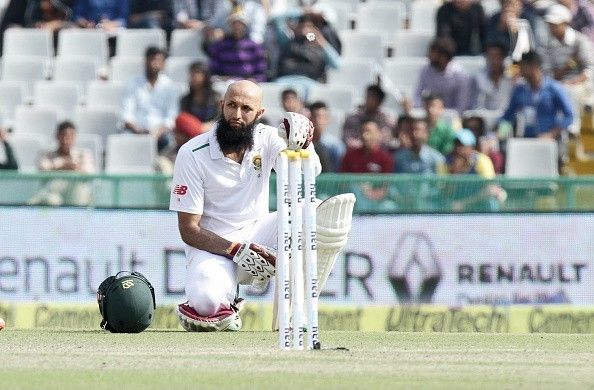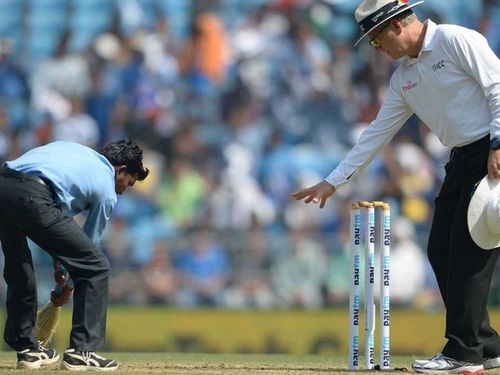
5 reasons why South Africa turned in such a poor performance in the Test series
Despite winning the ODI and T20 series, Hashim Amla will not call this tour a successAs India finally lifted the Freedom Trophy after losses in both the ODI and T20 series, there was a sense of triumph within their side. Quite in contrast, South Africa were left to ponder their poor display of cricket over the last month and do some soul-searching to figure out what went wrong. South Africas 3-0 loss was their worst since a similar scoreline against Australia in 2005/06. From being a behemoth in test cricket over the past few years, South Africa were reduced to almost nothing in the test series against India, including a record-low of just 79 runs in the third test at Nagpur.South Africa were outplayed in all the four games, and even an epic blockathon could not save them in the fourth test at Delhi. South Africas mindset seemed to change with every match as the tour went on. In Mohali, they were indecisive and reserved. In Bengaluru, they were agggressive and tried to premeditate. In Delhi, they were majorly defensive, and in Nagpur, they gave up the ghost completely. Indias return to form after a series of overseas losses will be heartening for fans, but South Africans will wonder and hope that this loss will be just a small obstacle during the times to come.South Africas oscillating mood changes were but one reason they ended up on the wrong side of the series. Lets take a look at some others:
#5 Turning Tracks

Much has been said about the turning tracks that India provided in two of the four tests in the series – the one at Mohali as well as Nagpur. Even if the Mohali pitch barely passed scrutiny, the pitch at Nagpur was given a “poor” rating by match referee Jeff Crowe. On December 1, the ICC released a statement which said that the pitch used in Nagpur was poor and that the BCCI had to respond in 15 days. The BCCI are currently opposing vehemently, and it must be seen as to what transpires over the next week.
While the South African team management refused to criticize the pitch in any way, skipper Hashim Amla admitted that it was the “toughest surface” he had ever played on. The Nagpur test was the turning point in the series as it was where India managed to clinch it after being 1-0 up in the series. The ball spit and turned viciously from Day 1, and even the Indian team, who are usually so prolific at home, could only manage 215 and 173, with the highest score in the entire match a mere 40 runs.
The pitch drew severe criticism from several former cricketers, but the Indians hit back by stating that it was the same as the green tops that were prepared for them overseas. While it may seem to be a fair argument, it is not. Even if the pitches are prepared to be outright green-tops, though the swing and seam is prodigious, the bounce does not vary. The batsman can judge the movement of the ball and play it on its merits without worrying about the variable bounce.
But on the dustbowls prepared by India, the ball has unpredictable bounce, with it either shooting between the batsman’s ankles or rearing up and hitting him on the glove. Furthermore, the green top pitches always flatten over time, giving the batsmen a good chance while the turning tracks only deteriorate over time. Therefore, after playing on good tracks in the ODI series, the South African batsmen could not cope with the spinning surfaces in Mohali and Nagpur, which turned the match in India’s way.